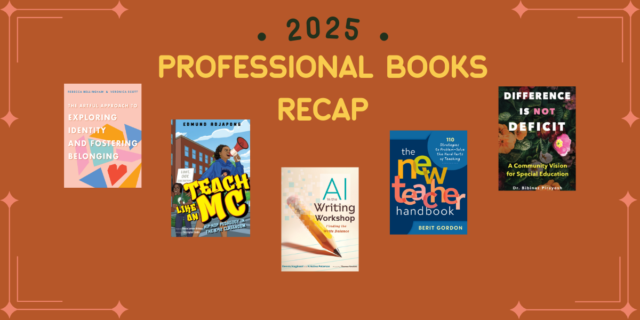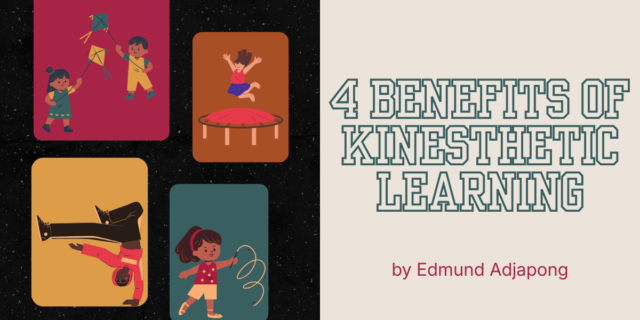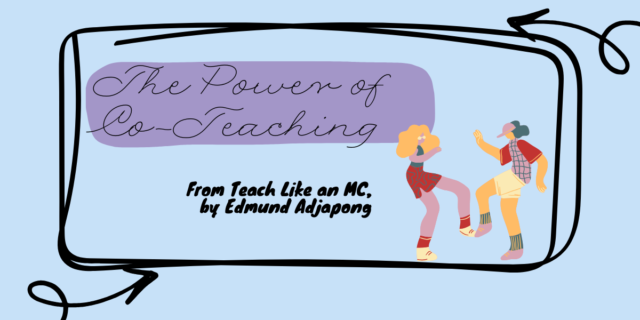
by Edmund Adjapong
Since its birth in the 1970s, hip-hop has grown into a global culture and a multi-billion-dollar industry. What began as a creative outlet for Black and Brown youth in urban communities has now spread across the world, influencing music, fashion, language, and art in countless ways. Yet, even with its widespread popularity, hip-hop continues to be stigmatized. Because of its deep roots in Black experiences, hip-hop is frequently misrepresented as violent, dysfunctional, or criminal in public discourse. However, hip-hop is informed by American culture. Hip-hop is powerful because it provides a voice and a platform to marginalized communities and critiques injustice. It continues to be a powerful means for young people to critique social injustice, demand change, and celebrate their identities—offering not just music, but a way to imagine and create a better world. At its core, hip-hop is a culture that critiques society—from police brutality and mass incarceration to educational inequity and systemic racism. We see these critiques appear in hip-hop culture as forms of music, fashion, performances, media images, and art. Hip-hop offers a rich site for exploring themes of identity, justice, power, and resistance, making it an ideal tool for critical thinking, literary analysis, and culturally responsive teaching.
What Does It Mean to Use Hip-Hop as Text?
Freestyle lyrics or live performances, cyphers or rap beefs, music videos or concept albums can be employed by teachers as multimodal means of hip-hop texts. By engaging students with something familiar, educators can strengthen interest, leverage prior knowledge, and equip them with critical thinking skills to support their interrogation of the world around them.
When teachers use hip-hop as text, they treat hip-hop culture as a legitimate source of knowledge and literature. Teachers who leverage hip-hop texts can use them as supplementary to place alongside canon novels, poems, speeches, etc., or they can be used as core texts. For example, teachers can build a curriculum around album concepts related to their topics in their content, compare the strength of a hip-hop text’s influence on a time period, or ask students to examine an artist's discography and their personal history to argue whether art is a reflection of life.
Why Hip-Hop as Text?
- Hip-Hop is Culturally Relevant. Hip-hop connects deeply to students’ lives, identities, and communities, especially for students who participate in hip-hop. Because hip-hop often speaks directly to the realities of navigating a world by oppressive systems and injustice, it more accurately reflects the sentiments of many students today in ways that traditional texts cannot capture. This approach also tells students that hip-hop culture, a culture they may connect deeply with and that was created by Black and Latinx youth, is welcome and honored here.
- Hip-Hop Supports Critical Thinking. Analyzing hip-hop as text encourages students to read the world, a concept by Paulo Freire that encourages students to look critically at social, political, and economic realities, understand how systems shape our lives, and consider ways to create change. Through an examination of hip-hop multimodal texts, students can learn to question dominant narratives, interrogate messages in media, and reflect on how issues like race, class, gender, and politics shape society. Hip-hop gives students a lens to analyze not only the text itself but also the world they live in. This kind of analysis fosters critical thinking and encourages students to develop a critical consciousness.
- Literary and Rhetorical Analysis. Hip-hop texts are rich with literary devices such as rhyme, metaphor, simile, allusion, and symbolism, which align perfectly with English Language Arts and literacy standards. Analyzing hip-hop lyrics gives students authentic opportunities to identify and interpret complex uses of language and meaning. Through analysis of literary devices across hip-hop mediums, students can develop their ability to interrogate various modes and types of texts, understand choices of authors, and make inferences about text.
Critical Analysis of Hip-Hop Text: Kendrick Lamar’s Super Bowl Performance
An example of using hip-hop as text in the classroom is analyzing Kendrick Lamar’s performance at the 2025 Super Bowl Halftime Show. Kendrick Lamar’s performance was filled with symbolism, social commentary, and political critique, which makes it a perfect hip-hop text for students to examine and discuss.
During Lamar’s performance, there was powerful imagery, such as dancers dressed in prison-like uniforms referencing the mass incarceration of Black Americans and a stage design that highlighted the themes of systemic oppression and surveillance. The visual and lyrical elements are filled with layered meanings that critique racial injustice, policing, and the ongoing struggle for Black liberation.
By guiding students to analyze this performance, teachers can help them practice close reading and critical analysis, asking questions like:
- What messages is Kendrick Lamar sending through his lyrics and performance choices?
- How do the staging, choreography, and costume design add to the meaning of the performance?
- What social issues is Lamar addressing, and why are they important to highlight in a public setting like the Super Bowl?
- How does this performance challenge or disrupt mainstream portrayals of Black culture and protest?
- How does Kendrick use his platform to critique American society?
By analyzing this performance, students can dissect symbolism, imagery, and performance as rhetorical devices while also making connections to historical and contemporary social issues. Through this kind of analysis, students read beyond the surface to uncover how hip-hop artists like Kendrick Lamar use their platforms to speak truth to power and critique injustice. This not only deepens students’ understanding of artistic expression but also helps them connect classroom learning to real-world social issues and cultural conversations. Using hip-hop as text values students' cultures and experiences, showing them that the knowledge and creativity within their communities matter in academic spaces. It allows students to bring their whole selves into learning while developing the skills to question, critique, and imagine new possibilities for society. The next time you plan a lesson, consider leveraging hip-hop as text beside a traditional or cannon text — and see how your students respond.
Examples of Popular Hip-Hop Songs that can be Leveraged as Texts:




